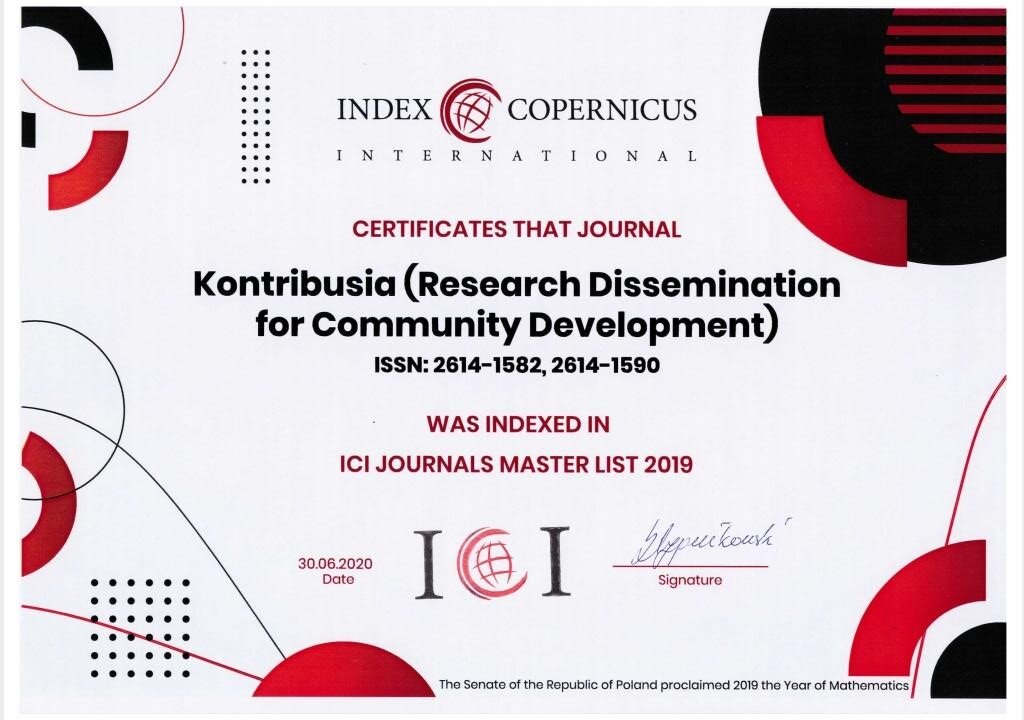Dynamic Response of Metallic Foams Bumper with Morphology Design Variation in ABAQUS Software Simulation
DOI:
https://doi.org/10.30587/kontribusia.v6i1.4877Keywords:
Crashing, Finite Element Method, Dynamic Explicit, Aluminum Foams, BumperAbstract
Variation design of open-cell foams located in the bumper car were investigated in this paper. A brief experimental result on the dynamic response of crash was focused on energy absorption and deformation behavior. The bumper design was based on typical design of bumper compared with gradual density of hexagonal foam type. The method used was imitate crashing real behavior dynamic explicit using ABAQUS simulation software with some extra constraint, such as: crashing object and crash direction. Results showed the design strongly affect the value of energy absorption and deformation. Energy absorption was higher using hexagon foams compare to the normal bumper structure with 4.8740 E6 Joule and 4.8572 E6 respectively. Furthermore, highest energy absorption was by simulated redesign hexagon foam into varying thickness (gradual density) – similar to cortical bone structure – with 4.950 E6 Joule. Meanwhile the deformation shows highest value on typical design of bumper with 4 cm translation after crashed. Expected design has to be safe for passengers with have high ability to absorb energy and minimize the deformation movement.









